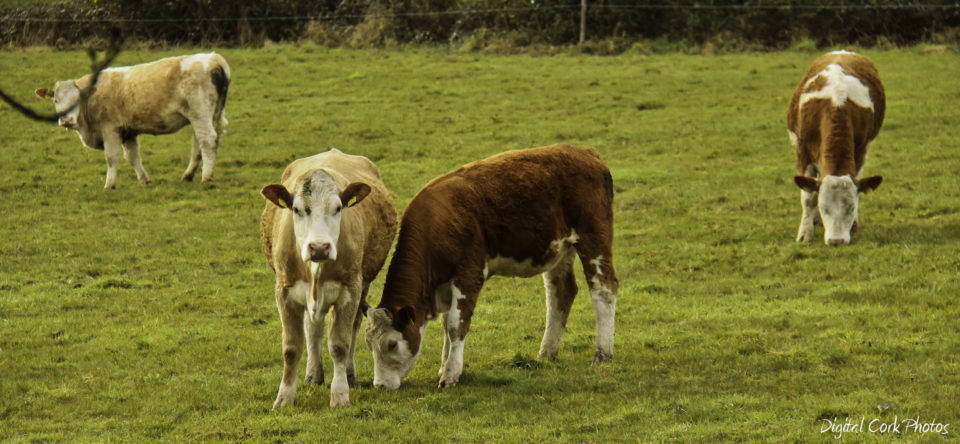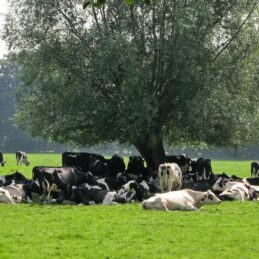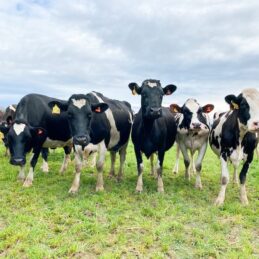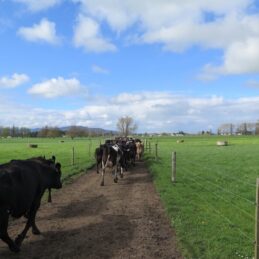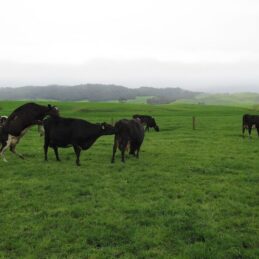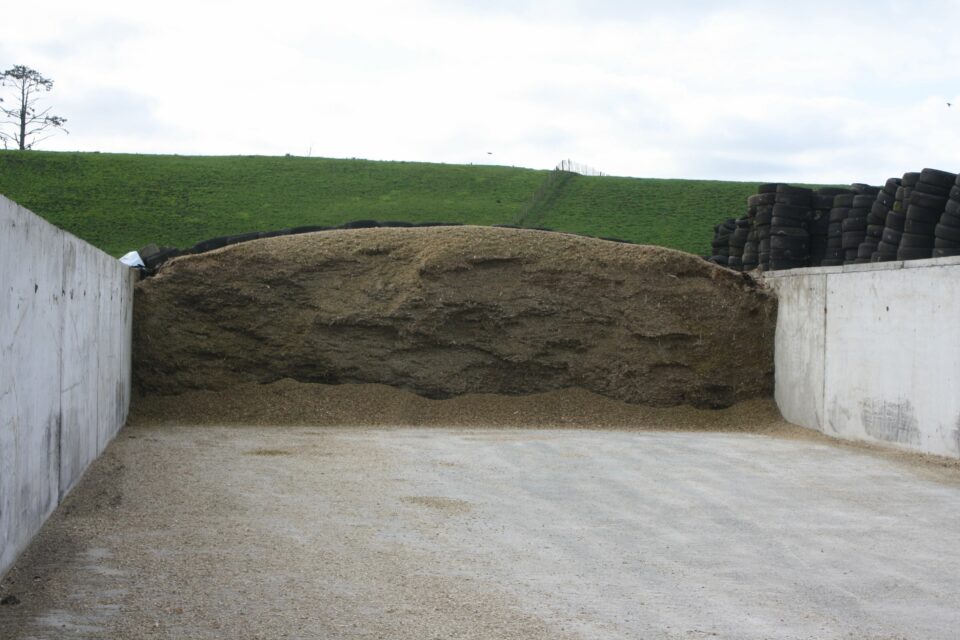
Publications


Tackling Thermoduric Bacteria in Silages
Thermoduric bacteria are those that can survive high temperatures, such as during pasteurisation, and can cause spoilage in dairy products. The most common thermoduric bacteria are spore forming Bacillus and Clostridium species, which are widespread in the farm environment. One major route of contamination can be from cows eating soil or poor quality silage, producing [...]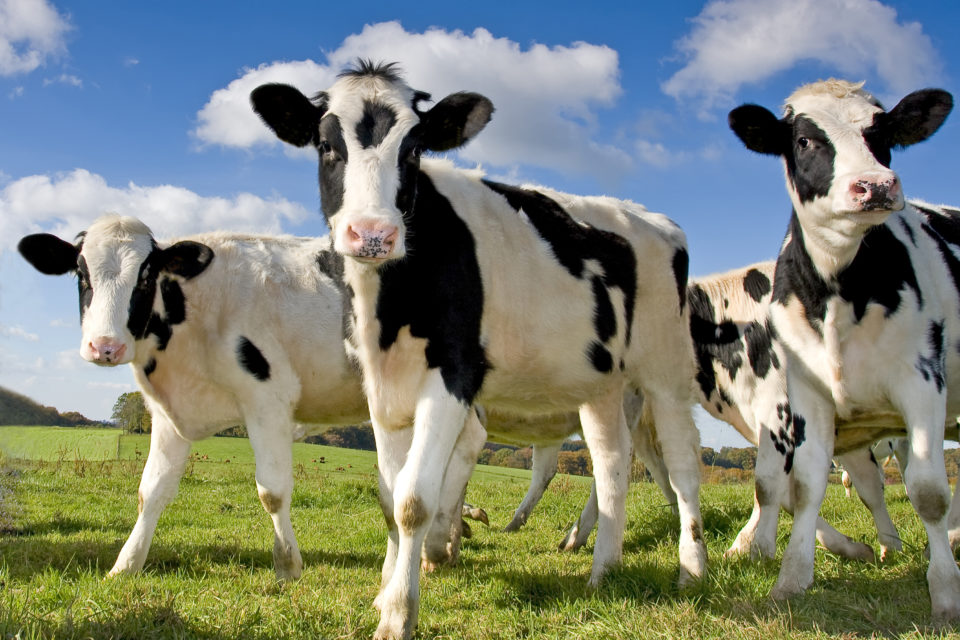
Strategies for a Lower Payout
Financial cycles are a normal part of agriculture, subject to international factors beyond farmers’ control. Farmers need sound business strategies to deal with these fluctuations, to ensure their long term future. Large companies used to such cycles, tend to build up equity during positive cycles, and reduce it during negative ones. Released equity is used [...]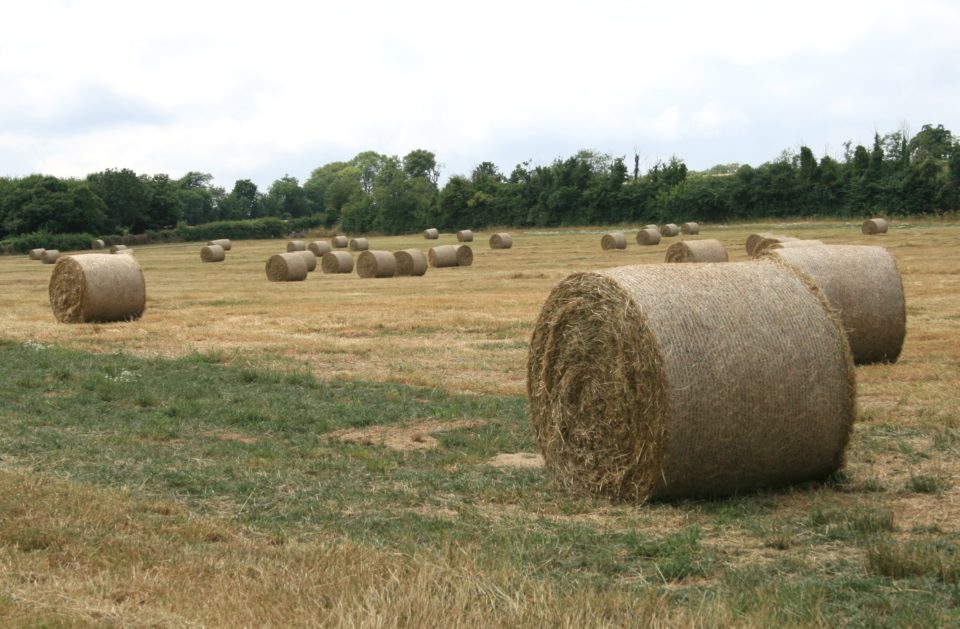
Silage Inoculants – Investment or Expense?
There is a tendency to undervalue silages, both in terms of feed value and the true costs of growing and ensiling them. Consequently, many farmers do not pay enough attention to making and using them for maximum benefit. The cost of land has to be included when calculating growing costs. If debt free, then opportunity [...]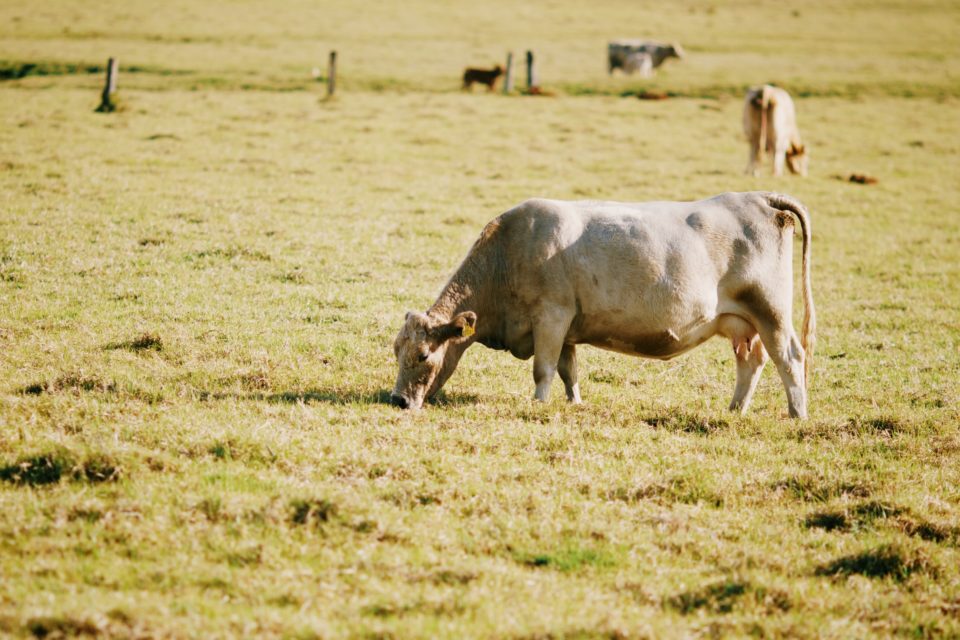
Types of Protected Fats
High energy levels in fats make them useful for boosting energy intakes of cows, to increase production, improve fertility or condition at key times during the year. Unsaturated fats can be toxic to rumen microbes at high concentrations, so may adversely affect fibre degradation. Therefore, supplementary fats must be “protected” from rumen activity if they [...]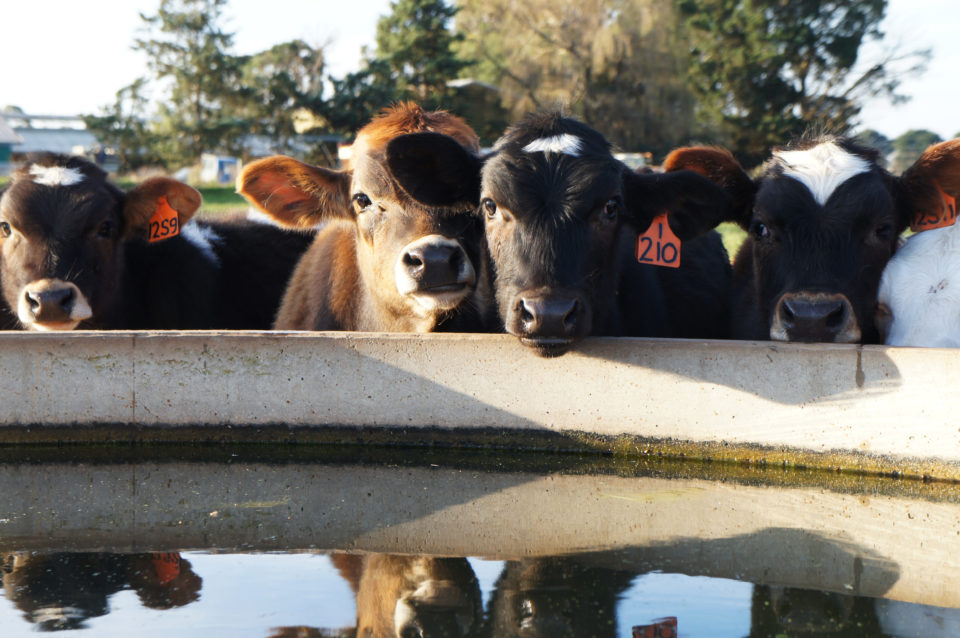
Coccidiosis Control in Milk Fed Calves
Clinical and subclinical coccidiosis in calves can result in significant financial losses, as a result of poor health, ill thrift, lost condition and weight, and severe cases death. Even under rigorous hygiene regimes, calves may be exposed to the coccidiosis causing protozoan parasites soon after birth. This is because the coccidia oocytes shed by infected [...]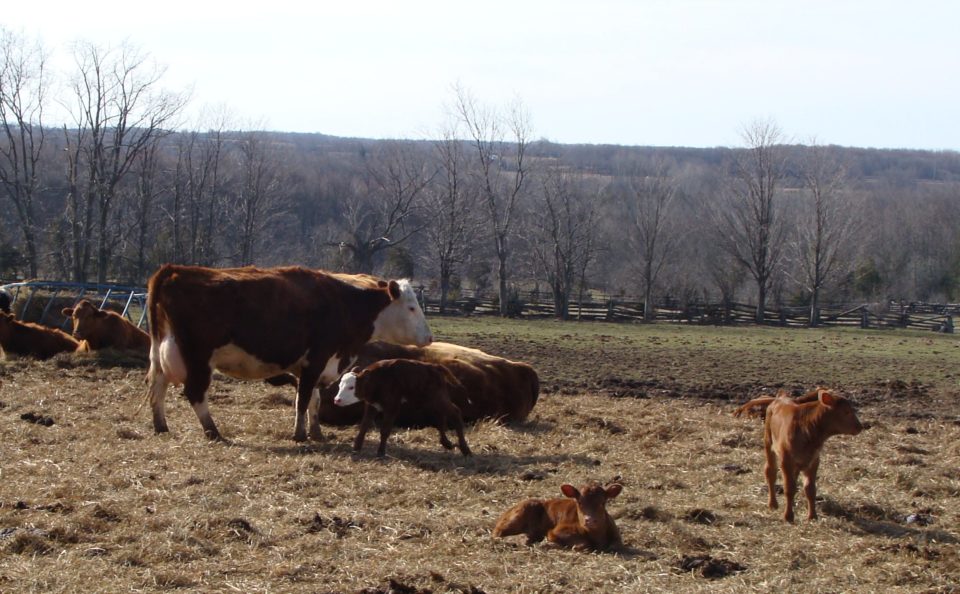
Benefits of Good Transition
Some of the biggest opportunities to increase production efficiency and reproductive health come from supporting dairy cows as they “transition” from late pregnancy to early lactation. Whilst many traditional systems have taken a “hands off” approach to the transition period it is now generally considered to be the most critical time of the year, with [...]
Feeding Fodder Beet
Fodder beet is becoming a major wintering crop for dairy cows, particularly in southern regions of the country. This seems to have been driven by the potentially high yields achievable (20-30 t DM/ha) and its high energy content (bulbs 12 -13 MJ/kg DM; leaves 10-11 MJ/kg DM). However, some farmers have had issues when grazing [...]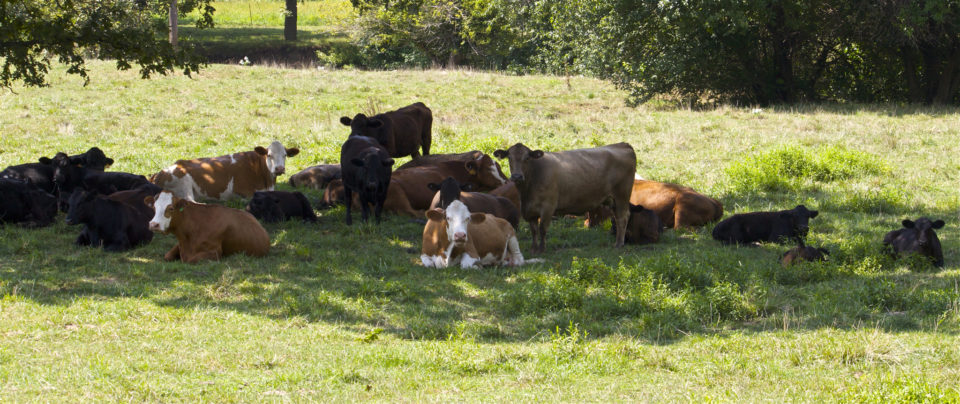
Facial Eczema risk peaks between March and April despite cooler nights
Data collected by Assure Quality since 2005 highlights a marked elevation in spore counts during March and April, even though air temperatures start to decline. Although cooler nights have traditionally signalled the end of zinc dosing for many farmers, what these graphs (below) show us is that there is still a significant risk of disease [...]